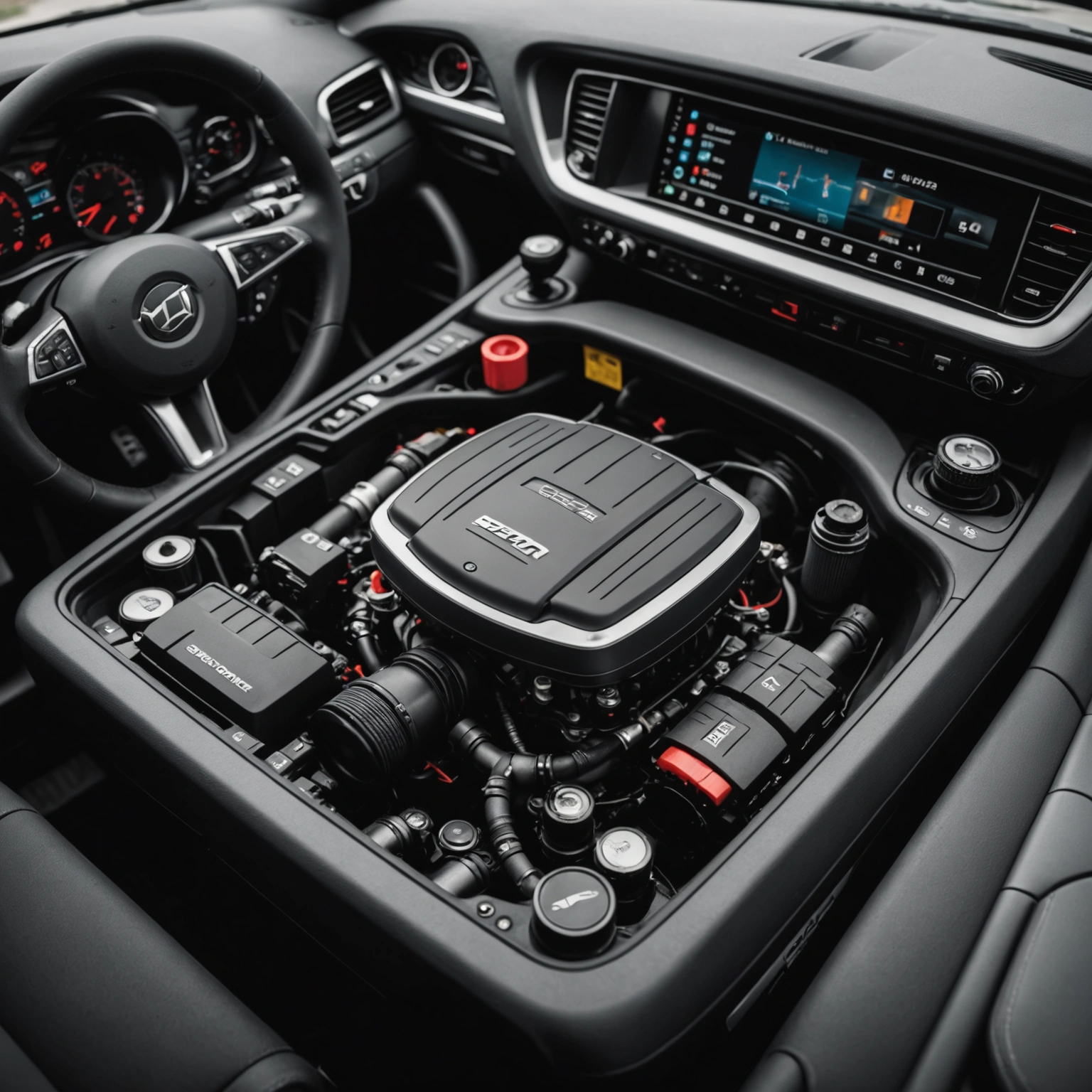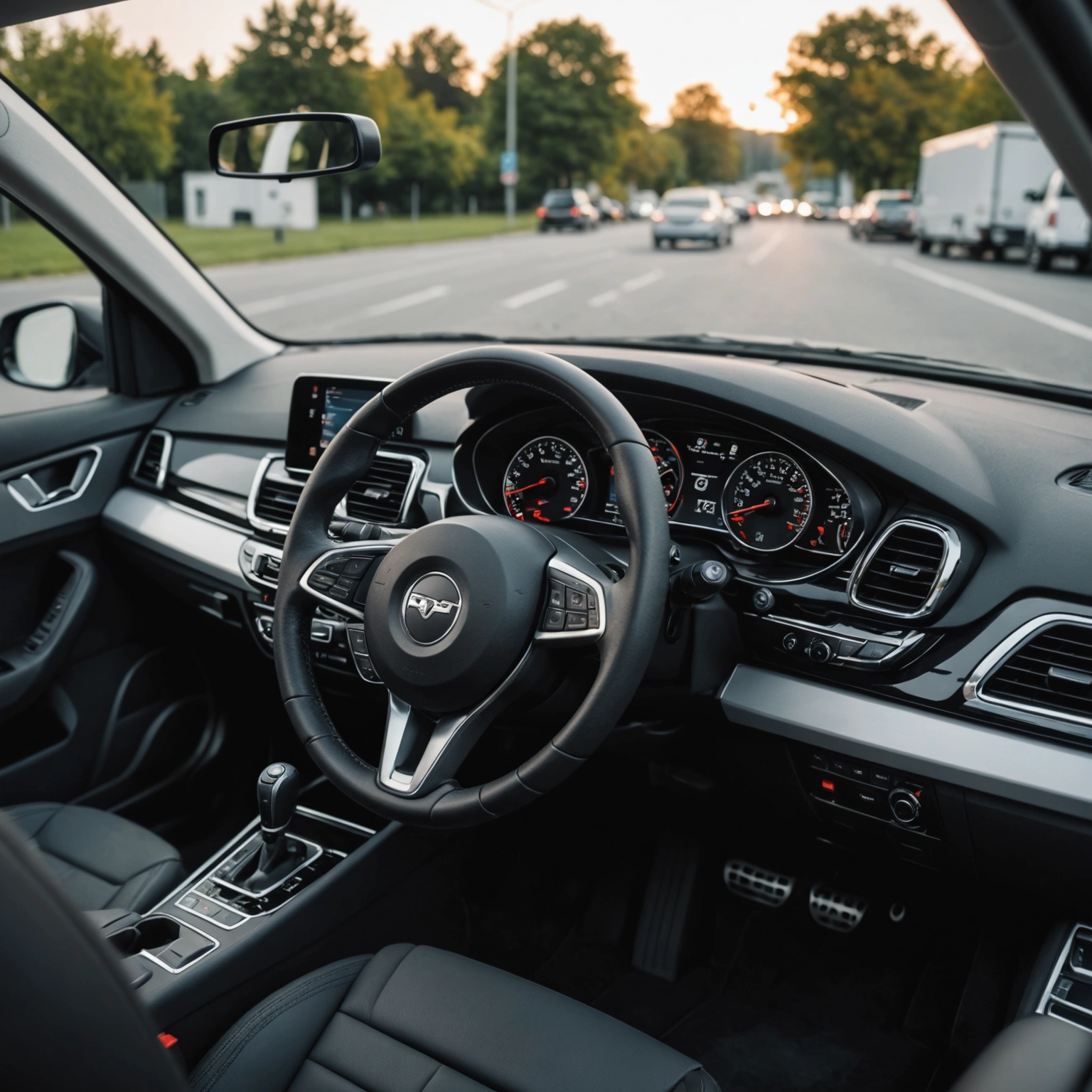**Understanding How Automotive Sensors Work: A Guide to Modern Vehicle Technology**
In today’s vehicles, sensors are the unsung heroes that enable advanced safety features, improved performance, and enhanced comfort. From parking assistance to engine management, automotive sensors provide critical data that helps your vehicle “know” its environment and respond accordingly. But how do these tiny yet powerful devices work? Let’s explore the fundamentals of automotive sensors and their role in modern vehicles.

### What Are Automotive Sensors?
Automotive sensors are electronic devices that detect physical parameters—such as temperature, pressure, distance, acceleration, and more—and convert these measurements into electrical signals. These signals are then processed by the vehicle’s electronic control units (ECUs) to make real-time decisions, optimize performance, and ensure safety.

### Types of Automotive Sensors and How They Work
1. **Temperature Sensors**

– **Purpose:** Monitor engine coolant, air intake, transmission fluid, and cabin temperature.
– **How they work:** Most temperature sensors are thermistors—resistors whose resistance changes with temperature. As temperature varies, the resistance changes, altering the electrical signal sent to the ECU, which then adjusts systems accordingly.

2. **Pressure Sensors**
– **Purpose:** Measure oil pressure, tire pressure (TPMS), and manifold absolute pressure (MAP).
– **How they work:** These sensors often use piezoelectric materials or strain gauges that produce an electrical voltage proportional to the applied pressure. The ECU interprets this voltage to assess system health or adjust engine parameters.
3. **Position Sensors**
– **Examples:** Throttle position sensor (TPS), camshaft position sensor, crankshaft position sensor.
– **How they work:** Typically, these sensors detect the position or movement of engine components. For instance, a Hall-effect sensor uses a magnetic field and a Hall element to determine the position of a rotating shaft, converting magnetic signals into electrical pulses.
4. **Speed Sensors**
– **Purpose:** Monitor wheel speed, vehicle speed, and transmission speed.
– **How they work:** Hall-effect or magnetoresistive sensors detect the passage of a gear or reluctor wheel with teeth, generating pulses that correspond to rotational speed.
5. **Distance and Proximity Sensors**
– **Examples:** Ultrasonic sensors for parking assist, radar sensors for adaptive cruise control.
– **How they work:** Ultrasonic sensors emit sound waves and measure the time it takes for echoes to return, calculating distance. Radar sensors emit radio waves and analyze the reflected signals to detect objects at various distances and speeds.
6. **Gas and Emission Sensors**
– **Purpose:** Monitor exhaust gases to optimize combustion and reduce emissions.
– **How they work:** Oxygen sensors (O2 sensors), for example, use zirconia or titania ceramic elements that generate voltage based on oxygen content in exhaust gases, informing the ECU to adjust fuel mixture.
### The Role of Signal Processing
Raw signals from sensors are often weak or noisy. Automotive ECUs employ signal conditioning—such as filtering, amplification, and analog-to-digital conversion—to produce clean, reliable data. This processed information is then used by the vehicle’s control systems to adjust engine timing, braking, steering, or other functions.
### The Importance of Sensor Calibration and Reliability
Sensors must be calibrated during manufacturing and periodically checked for accuracy. Faulty sensors can lead to incorrect data, causing performance issues or safety hazards. Modern vehicles incorporate diagnostic systems to monitor sensor health and alert drivers to potential problems.
### Conclusion
Automotive sensors are vital components that facilitate the seamless operation of modern vehicles. By converting physical parameters into electronic signals, they enable advanced features like adaptive cruise control, lane-keeping assistance, and real-time diagnostics. As automotive technology advances, sensors will continue to evolve, making vehicles safer, more efficient, and more intelligent.
**Stay tuned for more insights into automotive technology and how it shapes the future of mobility!**

